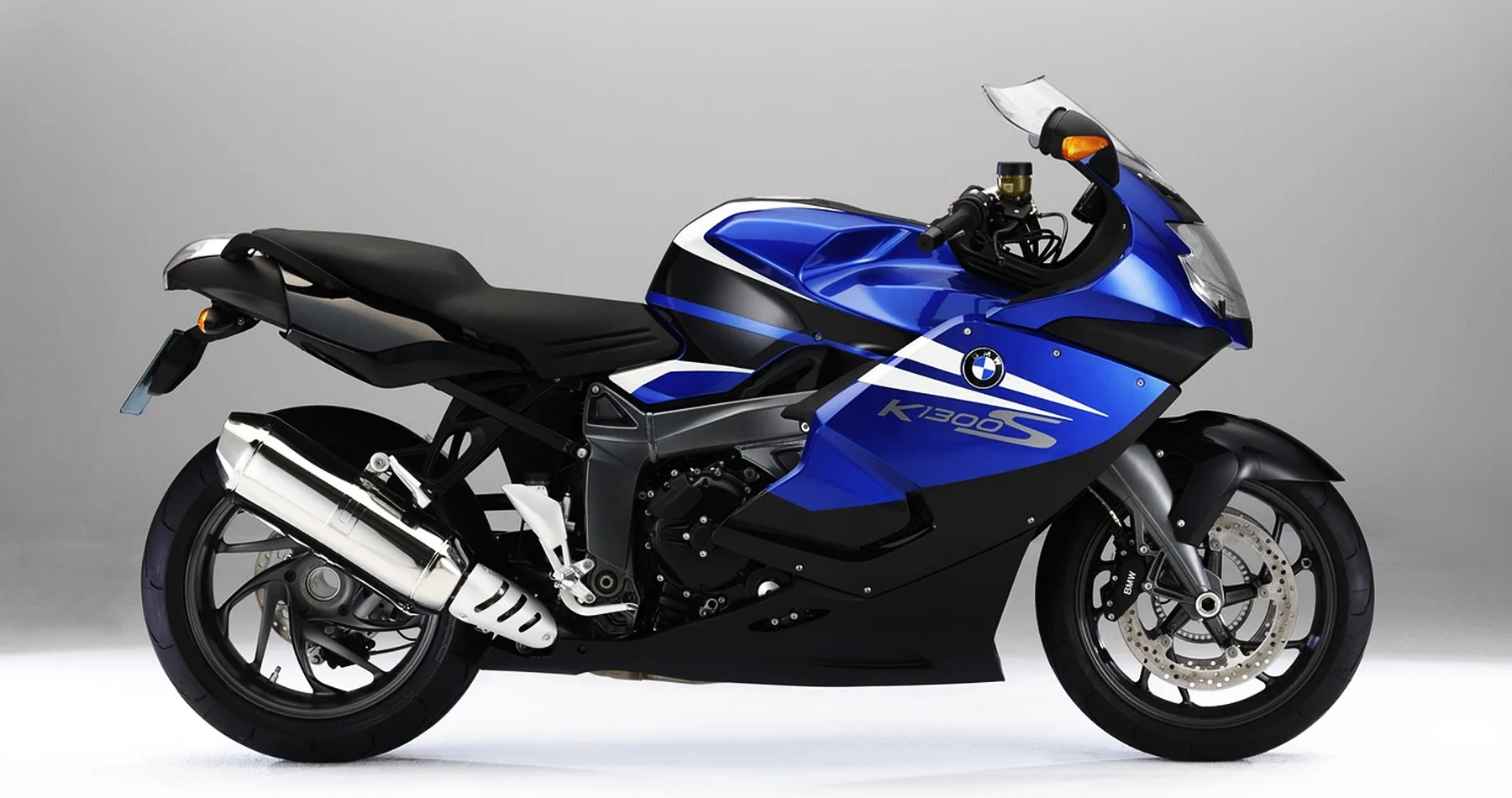The culture of motorcycles in America is a multifaceted phenomenon, deeply rooted in history, freedom, and a sense of rebellion. Over the years, the motorcycle scene has evolved from its early days to become a diverse and vibrant subculture that transcends mere transportation.
The Growing Culture of Motorcycles in America Historical Roots:
The cultural significance of motorcycles in America traces back to the early 20th century. Iconic brands such as Harley-Davidson became synonymous with the open road and the spirit of adventure. Post-World War II, returning veterans adopted motorcycles as a sign of freedom and individualism, further cementing their place in American culture.
Freedom and Individualism:
Motorcycles represent a form of personal freedom and individualism. The open road, the wind in one’s face, and the roar of a powerful engine evoke a sense of liberation. For many riders, motorcycles are not just a means of transportation but a lifestyle choice that embodies the spirit of independence.
Customization Culture:
The freedom to personalize motorcycles is an aspect of the culture. From custom paint jobs to unique modifications, riders often invest time and effort in making their bikes reflect their style.
Diverse Riding Communities:
The motorcycle culture in America is a diverse array of riding communities. From cruiser enthusiasts to sportbike riders, each community has its unique identity and camaraderie. Motorcycle clubs, rallies, and events offer platforms for riders to connect and share their passion.
Rallies and Events:
Annual motorcycle rallies, such as Sturgis in South Dakota and Daytona Bike Week in Florida, attract riders from around the continents. These events celebrate the culture of motorcycles, featuring rides, music, and a strong sense of community.
Women in Motorcycling:
The presence of women in motorcycling has grown significantly, challenging stereotypes and contributing to the culture’s diversity. Female riders are participating in riding clubs and events.
Women’s Riding Groups:
Women-specific riding groups and clubs have emerged, fostering a supportive community for female riders. This shift has challenged traditional gender norms associated with motorcycling.
Safety and Education:
The growing motorcycle culture in America has also seen increased emphasis on safety and education. Organizations and initiatives aim to educate riders about responsible riding practices, the importance of protective gear, and the need for ongoing training.
Motorcycle Safety Courses:
Many states offer motorcycle safety courses to riders, emphasizing essential riding skills and promoting a culture of responsible motorcycling.
Adventure Riding and Dual-Sport Bikes:
Adventure riding has gained popularity, reflecting a desire for exploration beyond traditional roadways. Dual-sport bikes, capable of handling both on- and off-road terrain, have become a sign of versatility and the pursuit of new horizons.
Off-Road Riding Culture:
Off-road riding clubs and events have flourished, attracting riders who seek the thrill of dirt trails and challenging landscapes. Adventure riding culture embraces the spirit of exploration and the quest for adventure.
Motorcycle Influencers and Media:
The digital age has given rise to motorcycle influencers and online communities that enjoy the culture. Social media platforms, blogs, and YouTube channels offer riders to share their experiences, showcase custom builds, and connect with a global motorcycle community.
Online Communities:
Forums and online communities facilitate discussions about motorcycles, gear, and riding experiences. This digital connectivity has further expanded the reach of the motorcycle culture.
Economic Impact:
The motorcycle industry contributes significantly to the American economy. Beyond motorcycle sales, the culture fuels a market for accessories, apparel, events, and tourism related to motorcycle riding.
Motorcycle Tourism:
Areas known for scenic routes and motorcycle-friendly amenities benefit from motorcycle tourism. Riders often plan trips around iconic routes like the Pacific Coast Highway or the Tail of the Dragon.
Environmental Consciousness:
The motorcycle culture in America is also witnessing a growing awareness of environmental impact. As concerns about climate change rise, some riders are exploring electric motorcycles and advocating for sustainable riding practices.
Electric Motorcycles:
The development of electric motorcycles introduces an eco-friendly dimension to the culture. Brands like Zero and Harley-Davidson’s LiveWire are paving the way for electric options in the market.
Challenges and Future Trends:
Despite its growth, the motorcycle culture in America faces challenges such as declining sales among demographics and safety concerns. However, the industry is changing preferences and technological advancements, paving the way for the future.
Technological Innovations:
Advancements in motorcycle technology, including safety features and connectivity options, are shaping the future of motorcycling. From adaptive cruise control to integrated navigation systems. These innovations enhance the safety and riding experience.
Changing Demographics:
Understanding and addressing the changing demographics of riders is essential for the continued growth of the motorcycle culture. Efforts to attract younger riders, women, and a more diverse audience contribute to the culture’s adaptability.
In conclusion, the growing culture of motorcycles in America is a dynamic and evolving phenomenon that includes a rich tapestry of history, freedom, individualism, and community. From the thunderous roar of classic cruisers to the nimble agility of sportbikes and the adventurous spirit of dual-sport riding, motorcycles continue to captivate a diverse and passionate community of riders. The culture’s ability to adapt to societal changes, embrace technological innovations, and foster a sense of camaraderie ensures its enduring presence on the American roadscape.
